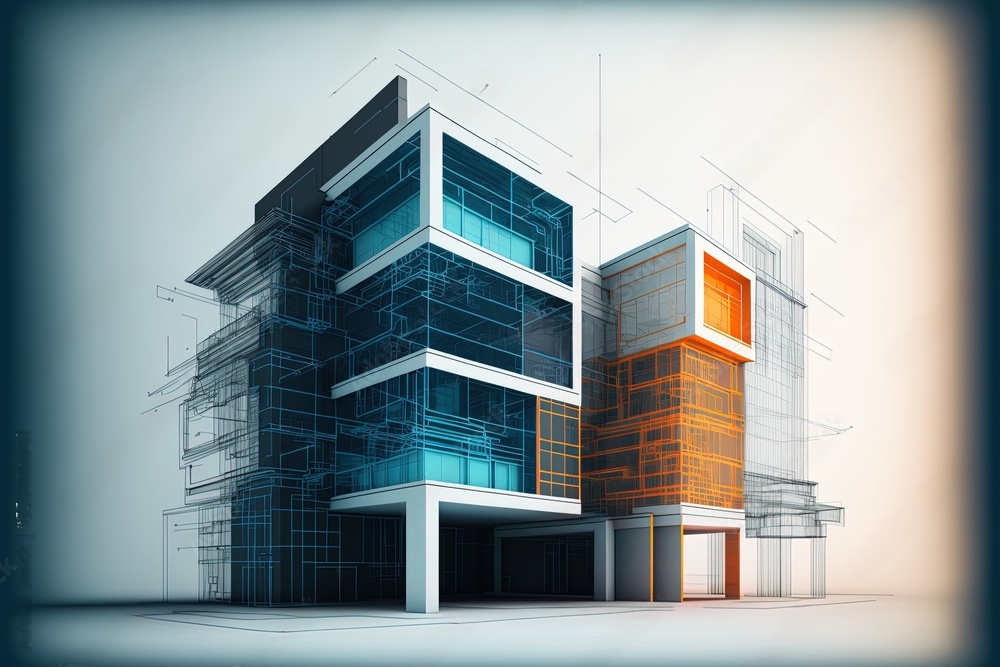Creating modern buildings isn’t just about good looks and solid structures anymore. With technology playing a huge role in our daily lives, seamless connectivity and safety have become must-haves, and in most cases, mandatory. This means architects need to partner with tech experts to design buildings that meet today’s needs. Here’s why this collaboration is so important:
Better Cellular Coverage
Energy-efficient designs and materials are frequently implemented in contemporary buildings that hinder cellular signals. Architects can improve the lives of all occupants by collaborating with technology specialists to guarantee a robust and dependable cell service throughout the structure.
Meeting Safety Standards
Safety is a top priority, and most areas of the country mandate buildings to have reliable communication systems for emergencies. Partnering with the right tech providers helps buildings meet these safety codes, ensuring clear communication for first responders when it matters most.
Staying Ahead of Technology
Buildings must keep in pace with the continually evolving technological environment. Architects can future-proof their buildings by incorporating modern systems during the design phase, ensuring that they can accommodate for new technologies such as 5G, mmWave, Private Wireless, and eventually 6G, without the need for significant upgrades in the future.
Boosting Property Value
Reliable cell service and strong communication systems make buildings more attractive to tenants and buyers. This is especially true in commercial and high-end residential markets. Better connectivity can significantly increase a property’s value and make it stand out in the real estate market.
Supporting Smart Technology
Today’s buildings are getting smarter with the Internet of Things (IoT) and other advanced technologies. These smart systems rely on strong, consistent wireless connectivity. Working with tech experts ensures that buildings can support these applications, making them more efficient and comfortable for occupants.
Cutting Construction Costs
Including advanced communication systems in the design phase can significantly reduce construction costs. Adding these systems after the building is finished is often much more expensive and disruptive.
Seamless Connectivity
People expect seamless connectivity everywhere they go. Integrating the latest technology ensures that everyone in the building enjoys high-quality cell service and Wi-Fi, improving overall satisfaction.
Smart Design Integration
Early collaboration with tech providers ensures a more integrated design, preventing conflicts between technology and architecture. This avoids aesthetic and structural issues down the road.
Optimal Placement
The optimal placement of antennas, cables, and other components is achieved by collaborating with technical experts from the outset. This guarantees that the building remains visually appealing while simultaneously guaranteeing that all systems operate seamlessly.
Enhancing User Experience
The ultimate goal is to provide a great experience for everyone using the building. Early coordination ensures that connectivity, safety, and convenience are built in from the start, making the building a better place to live or work.
Conclusion
In today’s world, architects need to team up with tech experts to design buildings that meet modern demands for connectivity, safety, and functionality. This collaboration not only makes buildings more valuable and attractive but also ensures they are ready for the future. By working together, architects and tech providers can create spaces that truly meet the needs of today’s connected world.






